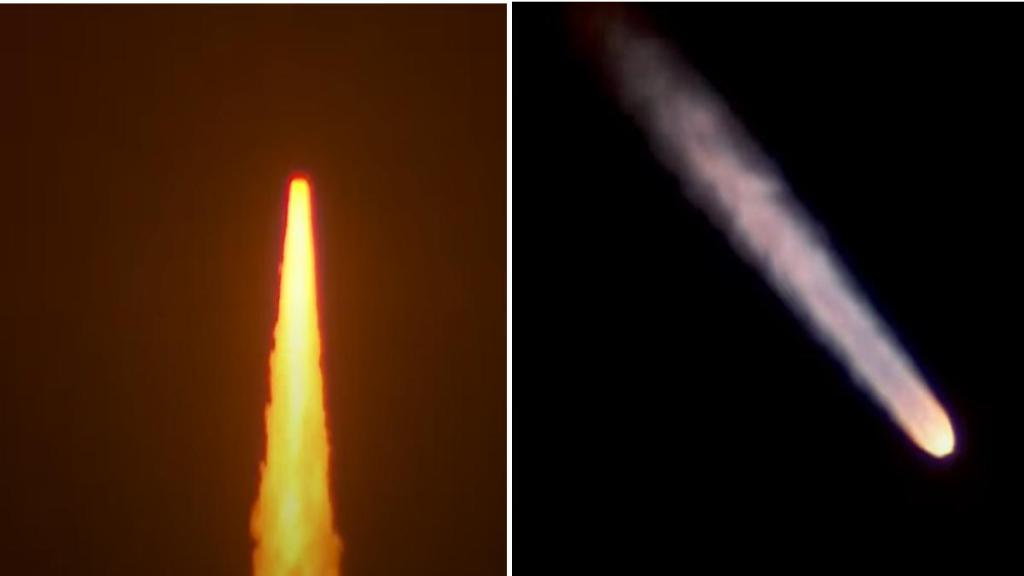ISRO SpaDeX mission: The Indian Space Research Organisation (ISRO) successfully launched the PSLV-C60 mission from Sriharikota, Andhra Pradesh, on Monday. The mission carried SpaDeX and other innovative payloads, with the first stage performing as expected.
Heralded as a precursor to ISRO’s ambitious plan of establishing its own space station by 2035, the 44.5-metre-tall Polar Satellite Launch Vehicle (PSLV) carried two 220-kg spacecraft, A and B, designed to facilitate space docking, satellite servicing, and interplanetary missions.
After a 25-hour countdown, PSLV-C60 embarked on its 62nd mission with a majestic lift-off, trailing thick orange fumes from the first launch pad at the Sriharikota spaceport.
Originally slated for 9.58 pm on Monday, the launch was rescheduled to 10.00 pm, with ISRO yet to disclose the reason for the adjustment.
The successful mastery of space docking technologies positions ISRO to significantly enhance its operational capabilities while broadening the scope of its mission objectives.
In addition to the SpaDeX mission, ISRO scientists have adapted the rocket’s fourth stage, known as the PSLV Orbital Experimental Module-4 (POEM-4), to host 24 small payloads. These include 14 payloads from ISRO and 10 from academic institutions, which will be deployed into various orbits over a 90-minute timeframe after lift-off.
The SpaDeX mission is a cost-effective technology demonstrator designed to showcase in-space docking capabilities using two small spacecraft launched aboard the PSLV. Its primary objective is to develop and validate the technology required for rendezvous, docking, and undocking operations in low-Earth orbit. The two spacecraft involved are SDX01 (the Chaser) and SDX02 (the Target).
This milestone brings India closer to becoming the fourth nation in the world to achieve space docking technology, marking significant progress in the country’s space exploration capabilities.


